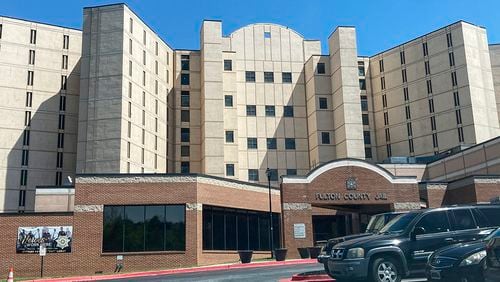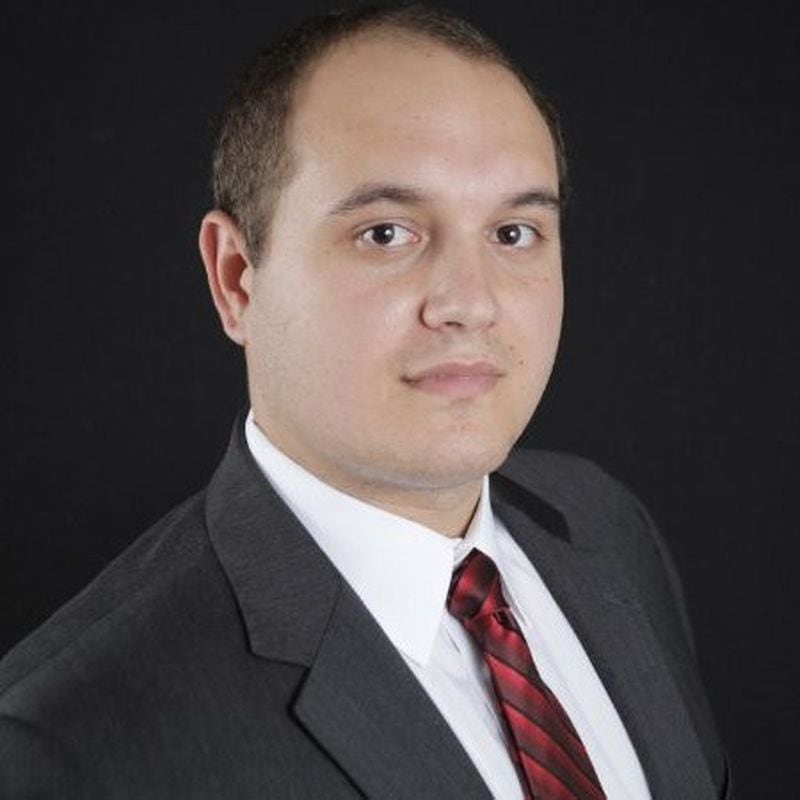On April 4, a man was stabbed and killed in Fulton County Jail. A few weeks before, a warden at Telfair State Prison was attacked and stabbed. Unfortunately, these recent cases are just two of many detailing violence in Georgia’s jails and prisons. Last year, observers reported hundreds of stabbings, 10 deaths and numerous assaults on staff that occurred in the Fulton County jail alone. On top of this, there were at least 56 homicides and suicides in Georgia prisons.
Chronic understaffing and crowding and the resulting poor conditions are putting both correctional staff and incarcerated people at risk. Legislative oversight, comprehensive action and permanent transparency mechanisms are needed. As conservatives who believe in valuing life, respecting law enforcement and promoting limited and effective government, we urge Republican leadership to make addressing the corrections crisis a top legislative priority for next session.
To do this, Georgia state leaders need to first make an honest and thorough assessment of what is causing the dangerous understaffing and longstanding recruitment and retention issues facing the corrections profession. The Georgia Department of Corrections reported a 54 percent vacancy rate and 40 percent turnover rate for state correctional officer positions in fiscal 2023. Sheriffs are facing similar problems. Baldwin County Sheriff Bill Massee shared this year that more than 25 percent of his detention jobs are unfilled and that he has had to fire unqualified officers for sexual misconduct and bringing in drugs and cellphones. With staffing shortages and constant turnover, correctional agencies statewide are struggling to meet their own standards of excellence and increased public safety.
Credit: handout
Credit: handout
Credit: LYNSEY WEATHERSPOON
Credit: LYNSEY WEATHERSPOON
Second, they need to prevent and reduce crowding in state and local facilities. Last year, state prisons were filled to 93 percent of their capacity, and 96 percent of county prison beds were filled. Several county jail systems — including Emanuel, Fannin, Franklin, Haralson and Hart — are already at or above 100 percent capacity. Leaders should remember that bills to lengthen sentences and reduce opportunities to earn release increase demand for bedspace and costs for taxpayers. Measures to support successful reentry and reduce recidivism will lower burdens on our overstrained corrections system.
Third, leaders need to improve correctional conditions and management. According to One Voice United, a nonprofit representing correctional officers and staff, overwhelmed administrators and constant changes to policies and procedures are among the leading causes of officer stress on the job. Moreover, public safety professionals and incarcerated people alike experience horrific conditions such as crumbling infrastructure, bug-infested cells, and poor or absent medical care. It should come as no surprise that retention is at an all-time low.
With such critical failures, the results have been predictable and devastating. Such terrible living and working conditions profoundly undermine any and all efforts toward rehabilitation — a core purpose of incarceration — further contributing to the cycle of violence that has metastasized in Georgia’s correctional facilities.
To make matters worse, the cost of maintaining this broken system is fiscally astronomical. The Georgia DOC already demands nearly $1.5 billion in state spending annually. And the state of Georgia has paid out almost $20 million in the past six years toward settlements relating to death, neglect and injuries in DOC facilities.
Fortunately, there are already conservative champions fighting for change. State Sen. Randy Robertson, for one, has recognized the crisis and is leading the charge to address it. And in March, the Senate voted unanimously to create a study committee to focus on identifying pressing causes of and solutions to the corrections crisis.
But forming a study committee is just the first step. We urge the committee members to visit their local correctional facilities and solicit the perspectives of all stakeholders — correctional officers; law enforcement; the families of incarcerated individuals; reentry, mental health and substance use program providers; employers willing to hire people exiting incarceration; faith leaders — and then draft a deliberate agenda for change. The Senate, House and governor must then prioritize moving their recommendations forward in the 2025 legislative session.
As Robertson noted, prison should not be a place of extreme danger or mistreatment. Officers should not fear going to work. Incarcerated people and their families should not be scared that they won’t survive. And human and civil rights should not be encumbered in a state that seeks to govern under foundational, constitutional principles.
Frank Russo is associate general counsel of the CPAC Foundation. Timothy Head is the executive director of the Faith & Freedom Coalition.








